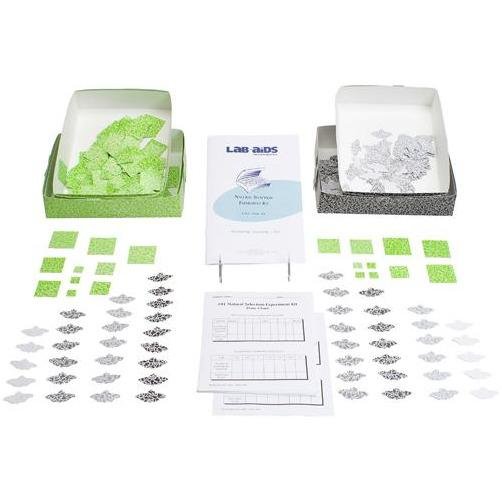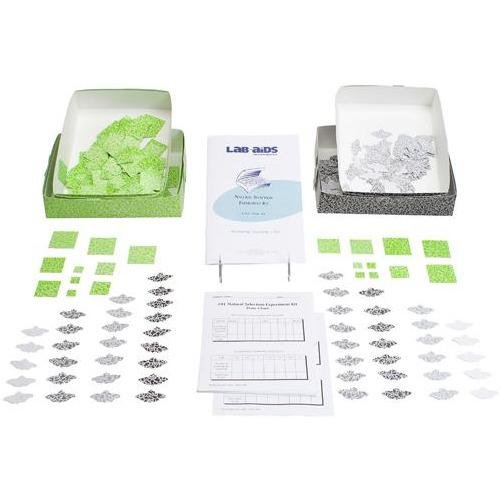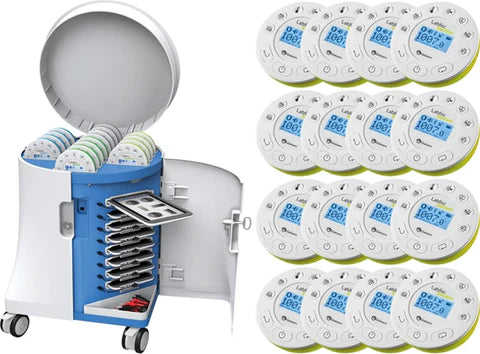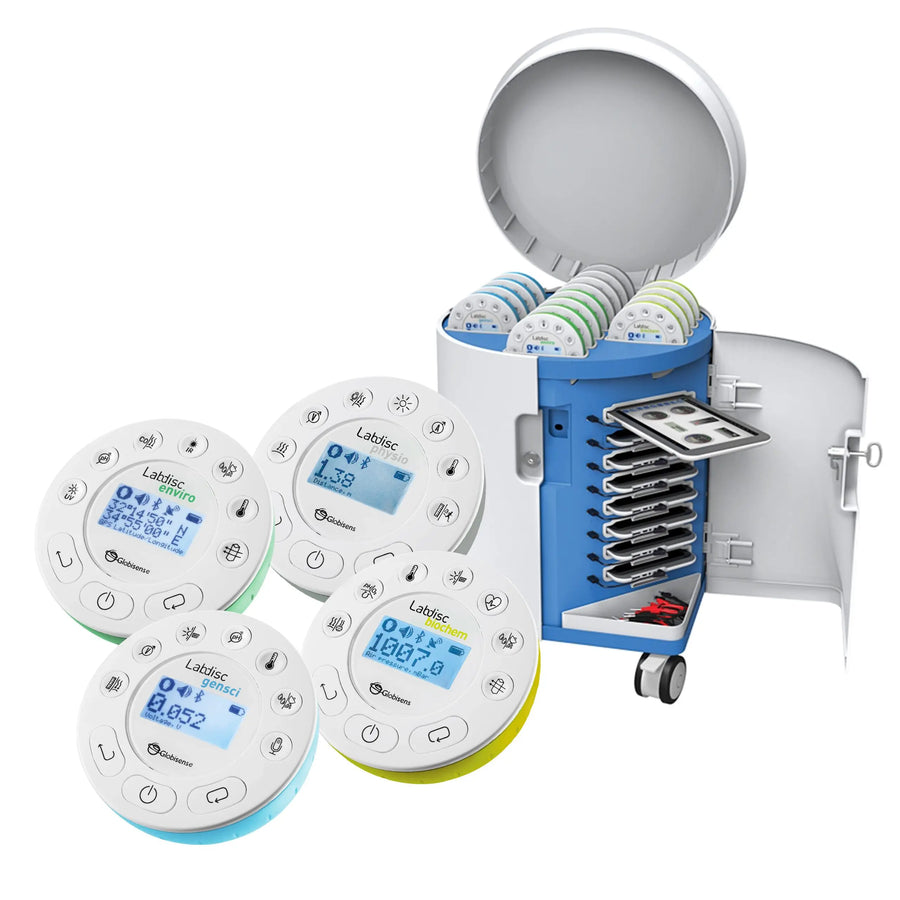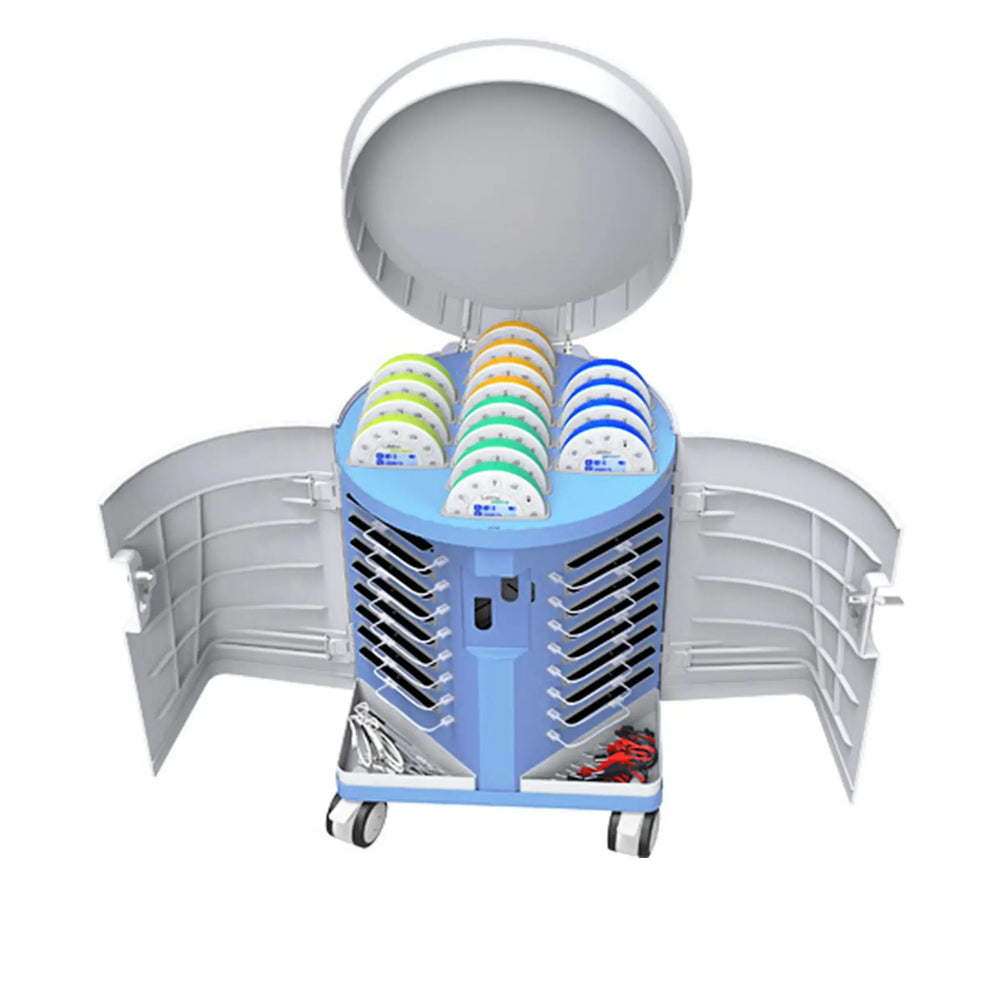Lab-Aids: Natural Selection Experiment Kit
In the 1950s, Oxford University scientist Dr. Bernard Kettlewell studied the changes in England's peppered moth population. Over a hundred year time period, the population of peppered moth shifted from being primarily light-colored moths to dark-colored moths. Dr. Kettlewell reasoned that predatory birds fed on more light-colored moths because they were more easy to spot against the pollution-darkened tree bark. This meant that the dark-colored moths survived in greater numbers, and the genes for their dark coloring were passed down to future generations. Using Dr. Kettlewell's study as the basis for experimentation, students conduct two simple quantitative lab activities that demonstrate the effects of environmental pollution on nature. Kit includes reusable supplies for 30 students.
Scientific Concepts:
- Replicate the "peppered moth" study in the lab
- Simulate predator-prey relationship
- Illustrate Darwin's Theory of Natural Selection and industrial melonism
- Collect data and draw conclusion concerning natural selection and environmental pollution
Content List:
- 1 Teacher's Guide
- 30 Student Data charts
- 3 Environmental Trays, black
- 3 Environmental Trays, brown
- 1 Resealable bags, pkg
- 3 Moths, simulated, pkgs
- 3 Squares, pkgs
Classroom Planning:
- To complete this kit requires one ~50-minute class period.
- Number of students: 30
You may also like
More from Life Science
Recently viewed
